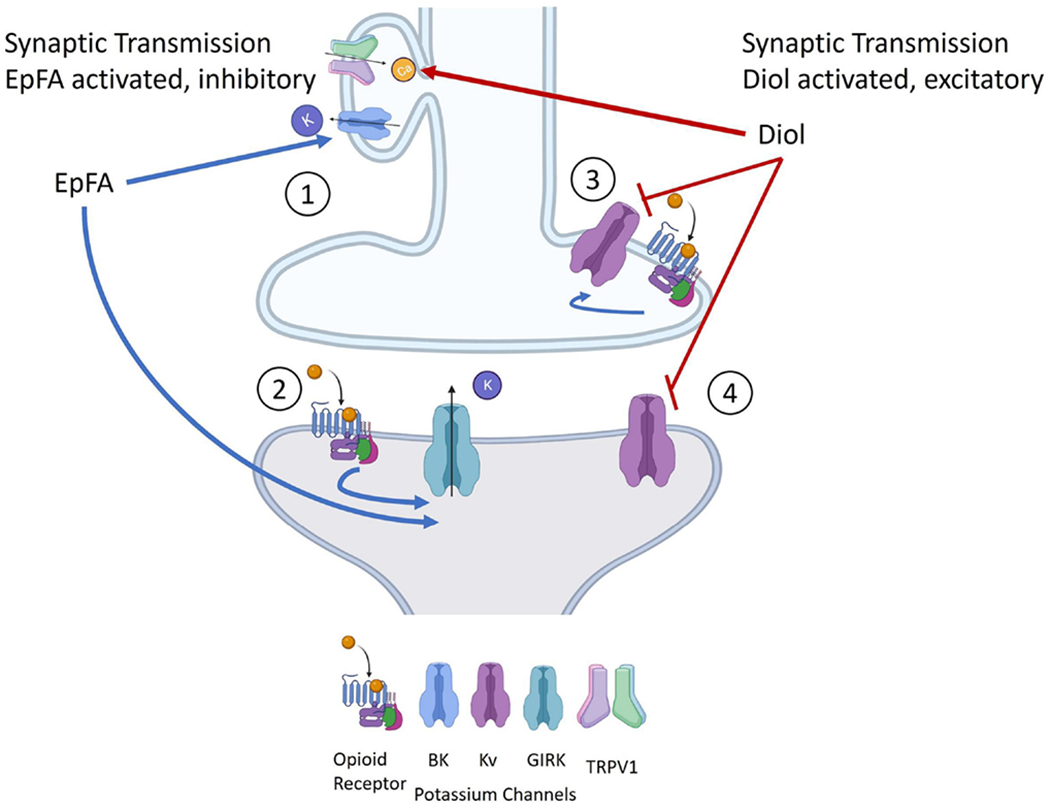Figure 3. Mechanisms for regulatory lipids in pain signaling in neurons.

The following four pathways are proposed mechanisms for how EpFA and vicinal diols activate and regulate pain: 1) 12,13-DiHOMEs directly activate TRPV1 receptors, increasing neurotransmission. EpFA activate BK channels (Yamaura, et al., 2006) and complex with TRP channels to hyperpolarize the neuron and downregulate neurotransmission; 2) In postsynaptic neurons, agonists of mu opioid receptors activate GIRK channels resulting in K+ release and hyperpolarization of the neuron. EpFA also activate GIRK channels in postsynaptic neurons and could help in understanding why preventing EpFA formation, either genetically or pharmaceutically, reduces morphine analgesia; 3) 11,12-DiHETrE blocks Kv1.2, downstream of opioid signaling, although the effects of increased diols on morphine efficacy have not been studied; and 4) 11,12-DiHETrE significantly blocks Kv4.2, an important potassium channel in pain relief.
